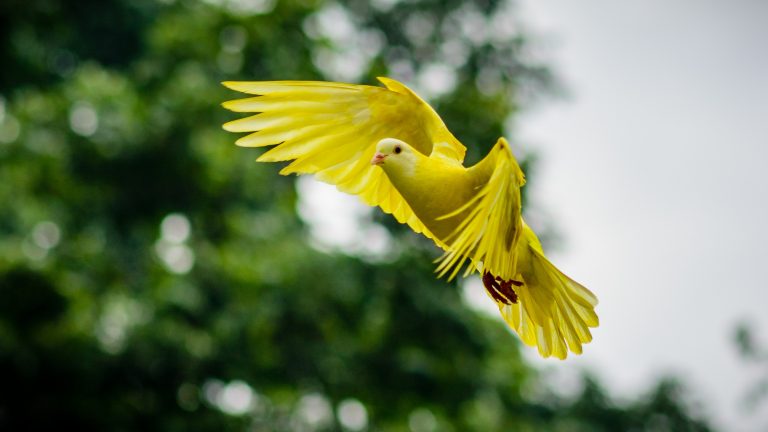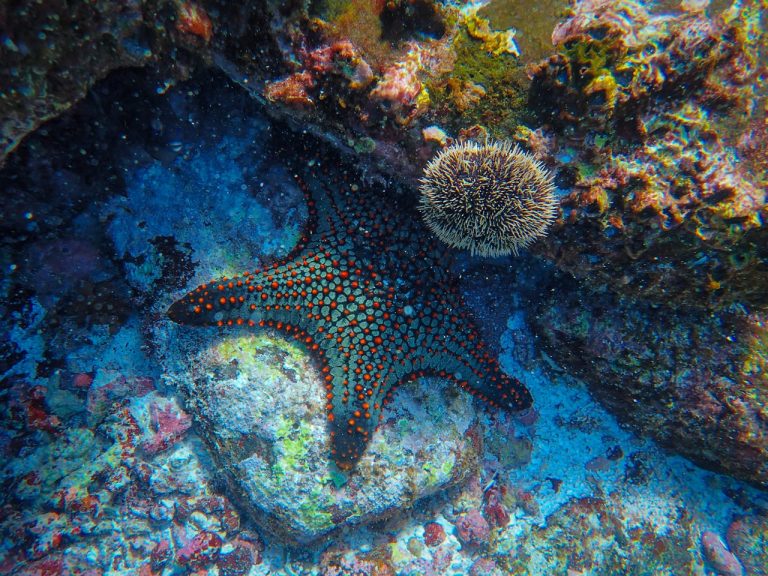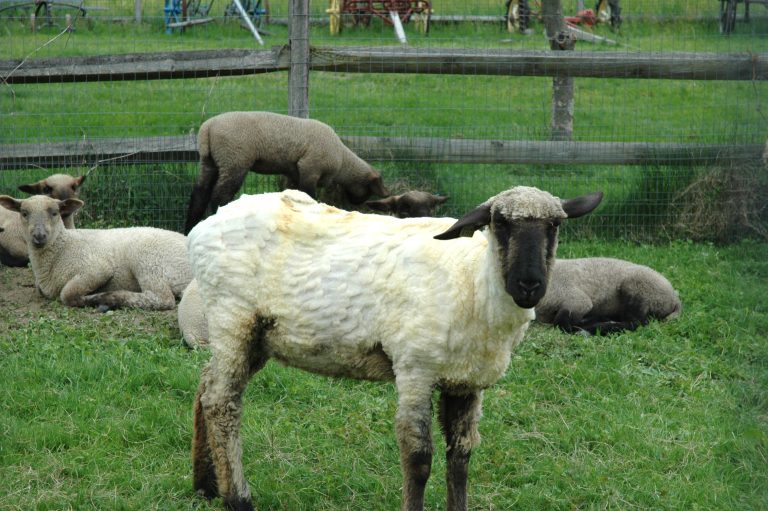From a tropical parrot’s vibrant array of colors, to the soft and subtle iridescence of a city pigeon, a bird’s feather is nature’s extraordinary work of art. While all birds have feathers, not all feathers are for flying. Some birds, such as the penguin, kiwi, and emu have feathers adapted for other purposes.
Likewise, not all animals that fly have feathers. So what is it that makes feathers remarkable? And how do they serve multiple purposes?
Anatomy of the feather
According to the Royal Society for the Protection of Birds, feathers are made of keratin, the same material that makes up our hair and fingernails. Light and flexible, keratin is also sturdy enough to handle forces during flight.
An individual feather is intricately designed. The hollow shaft, or rachis, down the middle of the feather is flanked by a “vane” on either side. The vanes consist of thousands of barbs, which in turn branch out many tiny barbules, enabling them to interlock with one another. Thanks to little muscles at the base of each feather, birds are able to maneuver individual feathers, shifting them to allow or prevent air flow, present mating displays, and more.
The amount of muscle power a bird needs depends on both the size of the wings, and the weight of the animal. Since flying birds have exceptionally light and hollow bones, an entire coat of feathers can be heavier than the bird’s skeleton.
No flight, no problem
Success
You are now signed up for our newsletter
Success
Check your email to complete sign up
While clearly crucial for flight in the skies, what purpose do feathers serve for flightless birds? Grounded avians like the penguin have highly adapted feathers that keep them warm and dry, among other things.
Because they are warm-blooded animals, birds need to keep their body temperatures at about 40° C, or 104° F. Feathers are key components of temperature control.
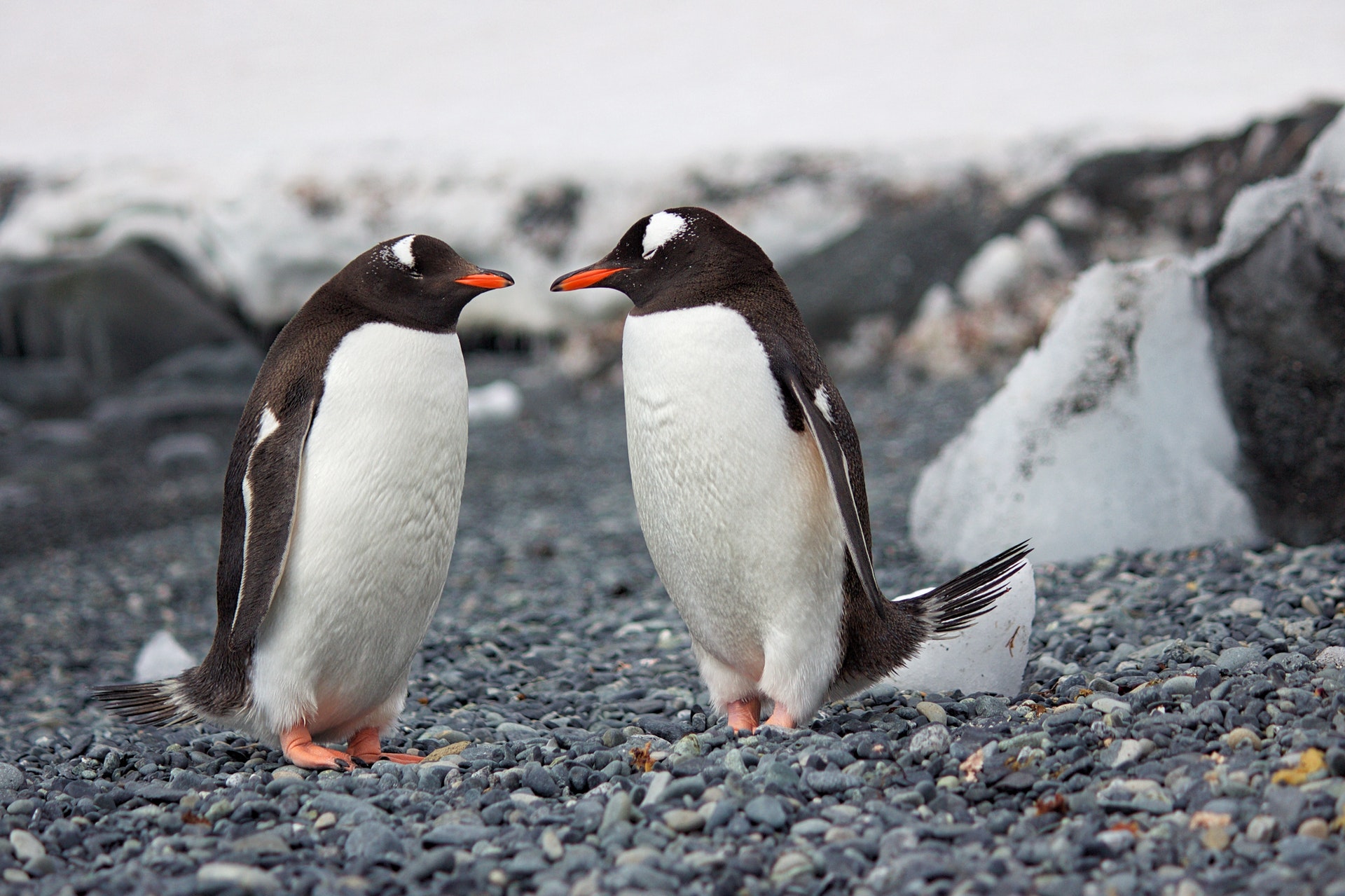
Birds use their feathers to trap pockets of air, called plastrons, close to their bodies as insulation. An Arizona State University study confirmed that by shifting their feathers, birds are able to control the amount of air to trap, and thereby adjust according to the surrounding temperature. This is especially important for birds like the penguin or the puffin, that live where the temperature can drop to extreme lows.
Feather color is important in areas of attracting a mate, as when a peacock fans its beautiful tail; or in various approaches to camouflage. Many female birds have understated colors, as they are the main brood watchers and want to attract the least attention.
Feathers for the water
Feathers are also instrumental in helping water-fowl swim and float on water.
The outermost feathers, or contour feathers, on water birds like ducks, swans, geese and seabirds are waterproof, keeping the animals dry and safe from water and wind. Moreover, special glands at the base of the tail secretes waterproof oil. When birds preen their feathers, they spread this oil to coat the entire feather.
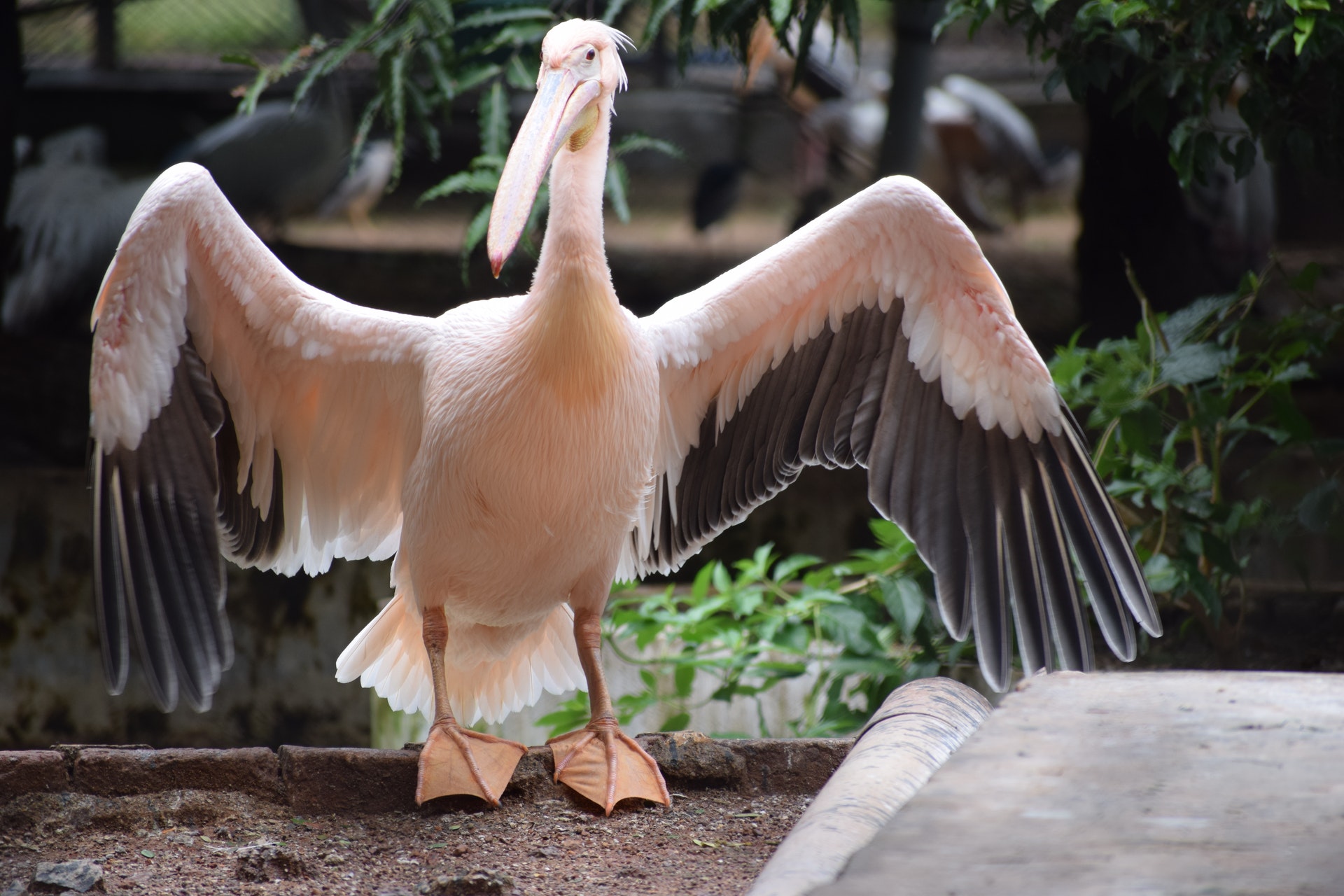
In cold ocean waters, the bottom layer of feathers (down), works like an insulator that keeps water birds warm.
Diving birds, like penguins and cormorants, use this combination of a waterproof outer layer and warm inner layer to help them swim or float in frigid waters. The streamline design of the feathers allow these birds to become graceful swimmers, spearing into the waves to hunt for fish.
A feather study conducted by scientists from MIT and researcher Professor Andrew Parker of the Natural History Museum has determined that the plastrons dissipate when these birds dive beyond a certain depth, causing their skin to get wet. However, as a bird returns to the surface, the pressure drops, and water is pushed away by the structuring of the feathers.
“It’s totally reversible,” said Professor Parker. “The bird gets into trouble, and then instantly gets back out of trouble again.” This helps explain why cormorants sit and stretch their wings after a dive. They are getting the water out of their feathers.
Whether adapting for a life in the air, in the water, or on land; feathers are a perfectly designed instrument of nature unique to birds. Observing how simple mechanics can be so powerful and so effective might inspire anyone toward greatness.



